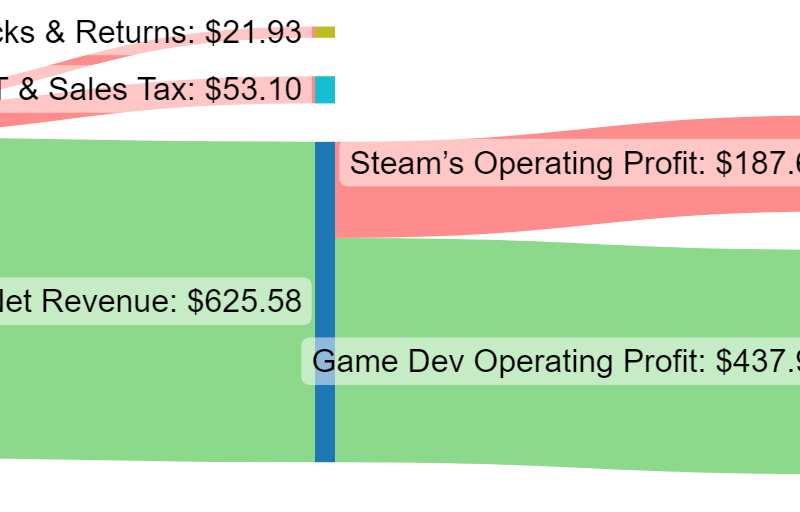Uncovering issues in games is hard. They lurk silently among the game’s inner workings. Until….BAM! A player does something you didn’t expect. Next thing you know, cars are flying, people don’t have faces, or you’ve got infinite money so how. Huh!?! This is one of many examples that game devs face. Events like this are embarrassing and even game breaking. I’ve got a strategy to help you find out why players do unexpected things that cause problems. What is it?…The “Really” Test.
What is the “Really” Test?
The “Really” Test is a process of asking questions until the questioner responses with “Really”. This “Really” response could be an internal response (i.e. in your head), an external response (like replying out loud with “Really”) or a physical reaction (such as a grunt, tensing your arm, or a facial expression)
Why is this important?
It puts you into the frame of mind of the person responding. Shows how they see the scenario or the problem.
Why is this helpful?
It eliminates biases. It helps bypass the information that you have that would otherwise cloud your view. Allows you to see gaps in logic or mistakes. Highlights specific points where you need to pivot or improve.
When is this helpful?
The applications are limitless. For game dev, I found this most helpful when playtesting with new players.
When to use it?
When you want feedback or want more understanding about something is one of the best uses I found. This helps to start to break down how to approach a problem, reveal an issue or build a solution.
How to use it?
Let me walk you through an example with a playtester for Abridge to explain.
Context
I am watching them play the first puzzle of the game. The puzzle includes a tutorial with in-game text on how to play. The player reads and listens to the initial text to move forward. They keep moving forward. Blowing through the puzzle to solve it. Not reading any of the remaining text that pops up after the initial move(s).
Dialogue
Aaron: Why did you keep moving forward?
Playtester: I did what the game told me to do, move forward.
Aaron: Why didn’t you stop to read the tutorial text?
Playtester: I didn’t know I needed to
Aaron (inside head): “Really!?!”
Aaron: Why didn’t you feel like you needed to read it?
Playtester: I moved forward and it worked. I kept doing it. I seemed to be progressing. Then, I solved the puzzle. So why did I need to stop?
Aaron: Fair enough. Thank you.
What did I learn from this example?
Players don’t read in-game. If they find a way that works, they will keep doing it unless you stop them. To solve this issue with the tutorial, I adopted the “show don’t tell” philosophy. Show what players should do, like with animated images to select with “A” and move the joystick up. Not tell them with in-game text.
Also, I broke up the tutorial into sub chunks. This ensures I am conveying the right messages on how to play and they are learning it. Rather than telling them how to play and them not listening. Learning in chunks is easier and more effective than learning everything at once.
Summary
The “Really” test is a process of asking questions until the questioner responds with “Really”. It helps gain perspective and identify gaps that you didn’t know existed. This can be done by yourself or with others.
Check out the discord to continue the conversation about the blog!




